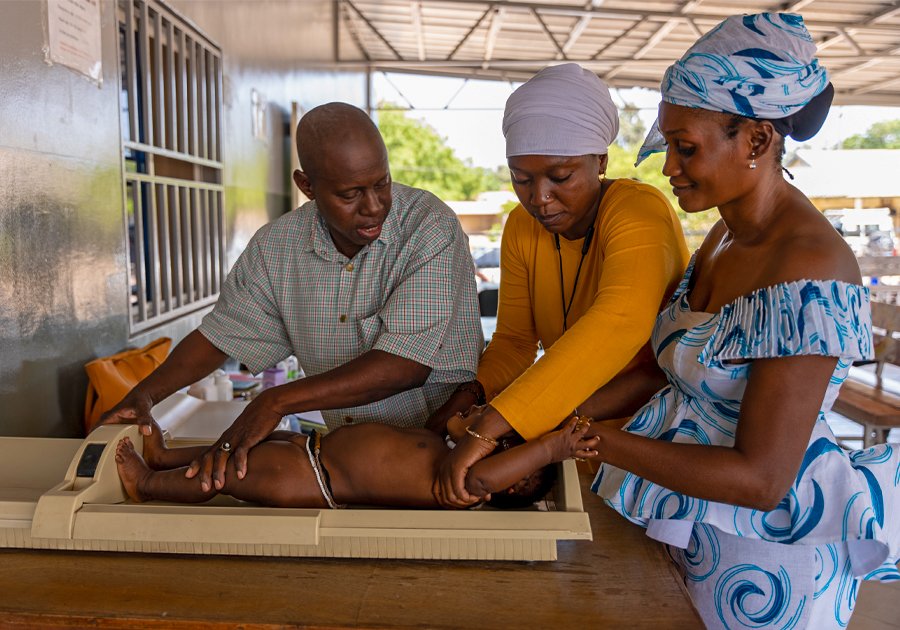
Wasting - the loss of fat and muscle tissue due to malnutrition - affects an estimated 45 million children and stunted growth an estimated 149 million children under the age of five. Both forms of growth failure (height that falls below international standards) are associated with increased risks of impaired cognitive development, illness and death.
In an analysis of 52,640 children, Jade Benjamin-Chung and colleagues provide insights into the timing of stunting onset and its reversal (or lack thereof). The highest incidence of stunted-growth onset occurred from birth to age three months, with substantially higher stunting at birth in South Asia. The authors note that reversal of stunting between 0 and 15 months was rare, and that in children who had their stunting reversed, relapse was frequent.
Andrew Mertens and colleagues assessed child wasting in a subset of 21 of the 33 cohorts (11,448 individuals). They find that the incidence of wasting peaks between birth and three months. The results indicate that more children experience wasting within the first 24 months of life than previously estimated: 29.2% of the children in the study cohorts experienced wasting during this period, and 10% experienced two or more episodes. Although wasting before six months was associated with faster recovery than in older children, early wasting increased the risk of later growth faltering. The authors noted seasonal variation in the prevalence of wasting (especially in regions with high seasonal rainfall), with the highest incidence of wasting occurring during rainy months.
In a separate paper, Andrew Mertens and colleagues assessed the potential causes and consequences of child growth failure in 83,671 children. They found that early (birth to 6 months old) post-natal growth faltering predisposed children to subsequent and persistent growth faltering, and that boys had a higher risk of growth faltering than girls. Children with multiple growth deficits had higher death rates from birth to two years than those without deficits. Overall, the strongest predictors of better subsequent growth were maternal conditions during pregnancy and after giving birth, early infant condition and household conditions such as crowding and usage of clean cooking fuel. These findings emphasize the importance of interventions to improve general maternal and infant health in the first 1,000 days, as well as household environment and sanitation.
Our postgraduate taught courses provide health practitioners, clinicians, policy-makers, scientists and recent graduates with a world-class qualification in public and global health.
If you are coming to LSHTM to study a distance learning programme (PG Cert, PG Dip, MSc or individual modules) starting in 2024, you may be eligible for a 5% discount on your tuition fees.
These fee reduction schemes are available for a limited time only.
